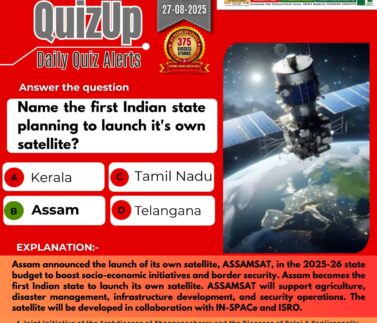
The Indus River system
The Indus River system — comprising the Indus, Jhelum, Chenab, Ravi, Beas, and Sutlej rivers — flows through both India and Pakistan.
After Partition in 1947, disputes arose over water use, as headworks of some irrigation systems in Pakistan were located in India.
Tensions escalated when India briefly halted water flow in 1948, prompting negotiations mediated by the World Bank starting in 1952.
2. Main Provisions of the Treaty
Division of Rivers:
Eastern Rivers (Ravi, Beas, Sutlej) → Allocated to India for unrestricted use.
Western Rivers (Indus, Jhelum, Chenab) → Allocated to Pakistan, but India is allowed limited use for:
Non-consumptive uses (navigation, fishing)
Agricultural use (restricted areas & limits)
Hydroelectric power generation (run-of-the-river projects, no major storage)
Infrastructure Compensation: India funded the construction of canals and storage facilities in Pakistan to compensate for loss of Eastern Rivers.
3. Dispute Resolution Mechanism
The treaty sets up a Permanent Indus Commission:
Two commissioners (one from each country) meet regularly to share data, inspect projects, and resolve minor issues.
If disputes arise:
Bilateral discussion via the Commission.
Neutral Expert appointed by the World Bank (for technical issues).
International Court of Arbitration (for legal disputes).
4. Significance
Durability: Despite three wars and ongoing political hostility, the IWT has survived since 1960.
Water Security: It provides Pakistan with assurance of water supply for agriculture and sustenance.
International Recognition: Seen as one of the most successful water-sharing arrangements in the world.
5. Challenges & Recent Developments
India’s Concerns: Pakistan’s objections to Indian hydro projects on Western Rivers (e.g., Kishanganga, Ratle) often lead to delays.
Pakistan’s Concerns: Fear that India might manipulate water flow during critical agricultural periods.
Climate Change Impact: Melting glaciers, altered rainfall patterns, and population growth put extra stress on the treaty’s framework.
In recent years, India has considered reviewing or modifying the treaty amid security tensions, but no formal withdrawal has occurred.Source:https://indianexpress.com/article/explained/explained-global/indus-waters-treaty-fair-to-india-way-forward-10027741/



